‘Will we find all of them? No’
Cyprus is turning to artificial intelligence, digital mapping and fresh witness outreach to resolve the fate of hundreds of missing persons from the 1960s and 1974, it was announced on Monday.
Unveiling its 2025-2030 strategy, the Committee on Missing Persons (CMP) warned that over 300 suspected burial sites remain unexcavated.
The new strategy “signals a shift towards modern technology and better data use, in hopes of speeding up answers for families who’ve waited decades,” UN-appointed CMP official Pierre Gentile said.
The other two members of the CMP, created to locate, exhume and return the remains of the missing from the 1960s and 1974, are a Greek Cypriot and a Turkish Cypriot.
“We do not politicise the issue, we just concentrate on what we are doing,” Turkish Cypriot member Hakkı Müftüzade said.
“Taking political stances would derail progress. Politicians, not the CMP, should handle political disputes.”
Between 2021 and 2024, CMP teams carried out 309 excavations and recovered the remains of 78 individuals. Of these, 57 were on the official list of missing persons. The remaining 21 were not, highlighting how complex and unpredictable the process remains.
The success rate of digs over the past decade stands at roughly 14 per cent. A major obstacle remains the vague nature of witness accounts or decades-old documents that lack precise burial locations.
Gentile said the CMP is also looking beyond Cyprus, reaching out to diaspora communities, and retired peacekeepers and even scanning the internet for new leads.
“The logic is that the more people who come forward, the higher the chance of pinpointing where remains lie,” he said.
A core pillar of the new strategy is digital transformation. The CMP has been collecting documents from UN peacekeepers, police and other agencies. Now, it plans to digitise this vast archive by 2030 and run it through AI systems to find hidden links between witness statements, old reports and maps.
By 2026, a new shared digital system will be fully operational. It will track the progress of every case, from initial tips to DNA testing, and include satellite images to trace how the landscape has changed since the 1960s and 70s.
This could help pinpoint grave sites now covered by roads or buildings, and avoid unnecessary digs.
“Technology is transforming the CMP’s work. Mapping tools now link witness statements to locations, revealing connections hidden for years,” Greek Cypriot member Leonidas Pantelides said.
In 2024 alone, the CMP carried out nearly 100 excavations.
To save resources, the CMP plans to use ground-penetrating radar more often. It is also seeking donations or purchases of equipment to avoid high rental costs.
The process does not end at discovery. The remains must then be identified and returned to families.
The CMP’s laboratory works with two labs in Cyprus and one abroad. New scientific tools, including isotope analysis, which can show where a person lived or what they ate, may help in cases where DNA is not enough.
In some situations, where close relatives have died, the CMP may seek court permission to exhume other family members for comparison.
One persistent problem is the large number of “unassociated remains” – bones found in mixed graves that do not match any listed missing person. A dedicated CMP investigator will now re-examine old files and recheck all possible leads.
But Pantelides acknowledged that not all missing persons will be found.
“Will we find all of them? No, we will not find all of them because so much time has passed,” he said.
“But it is important not to say that there is a point at which we will stop.”
He pointed out that even the United States continues to search for missing soldiers from the Second World War.
“We will never stop until the fate of the last missing person on our list is established,” he said.
Pantelides urged anyone with knowledge, no matter how small, to come forward.
“Very rarely do we get information about a new case. But sometimes a small piece of information helps us solve an old one,” he said.

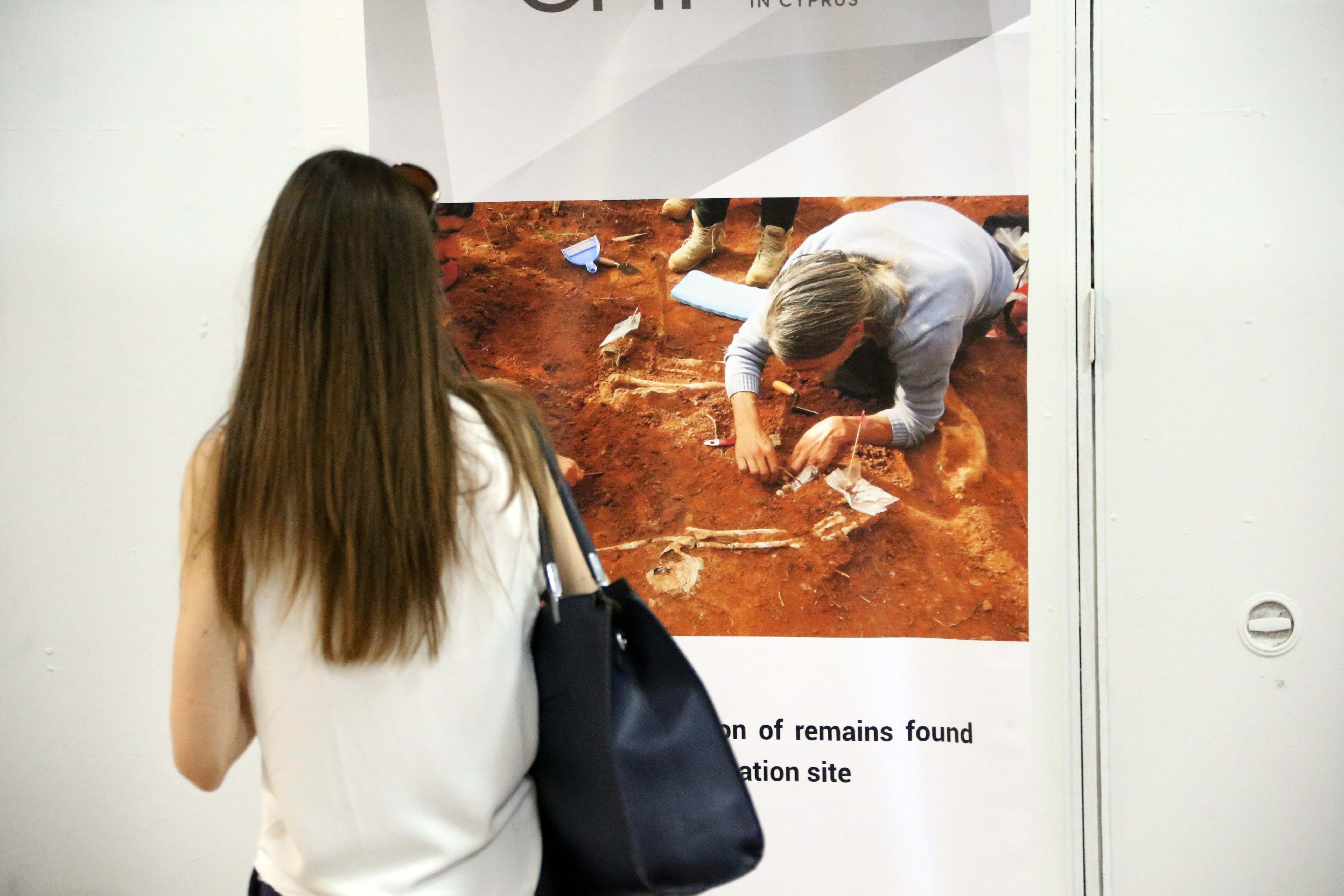
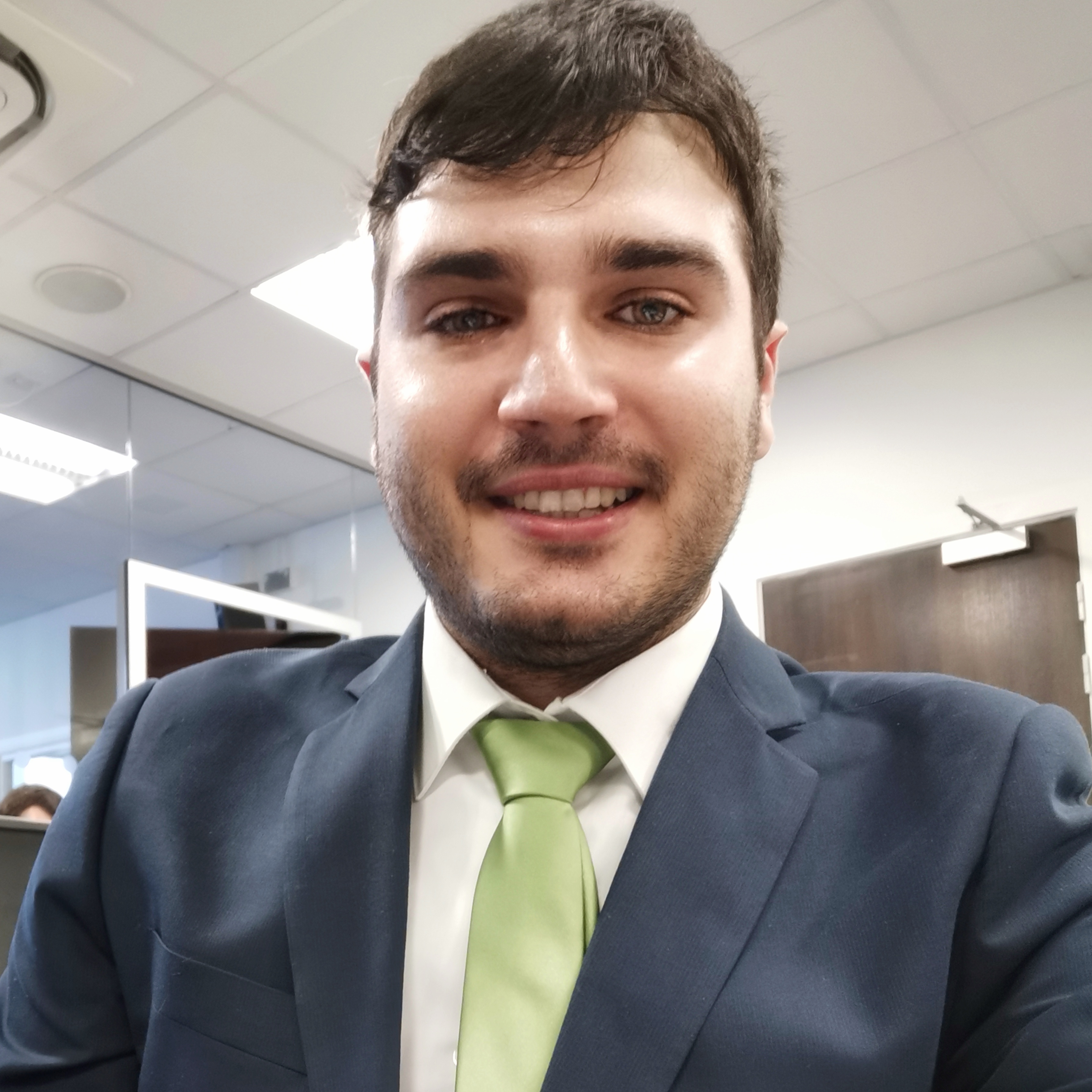
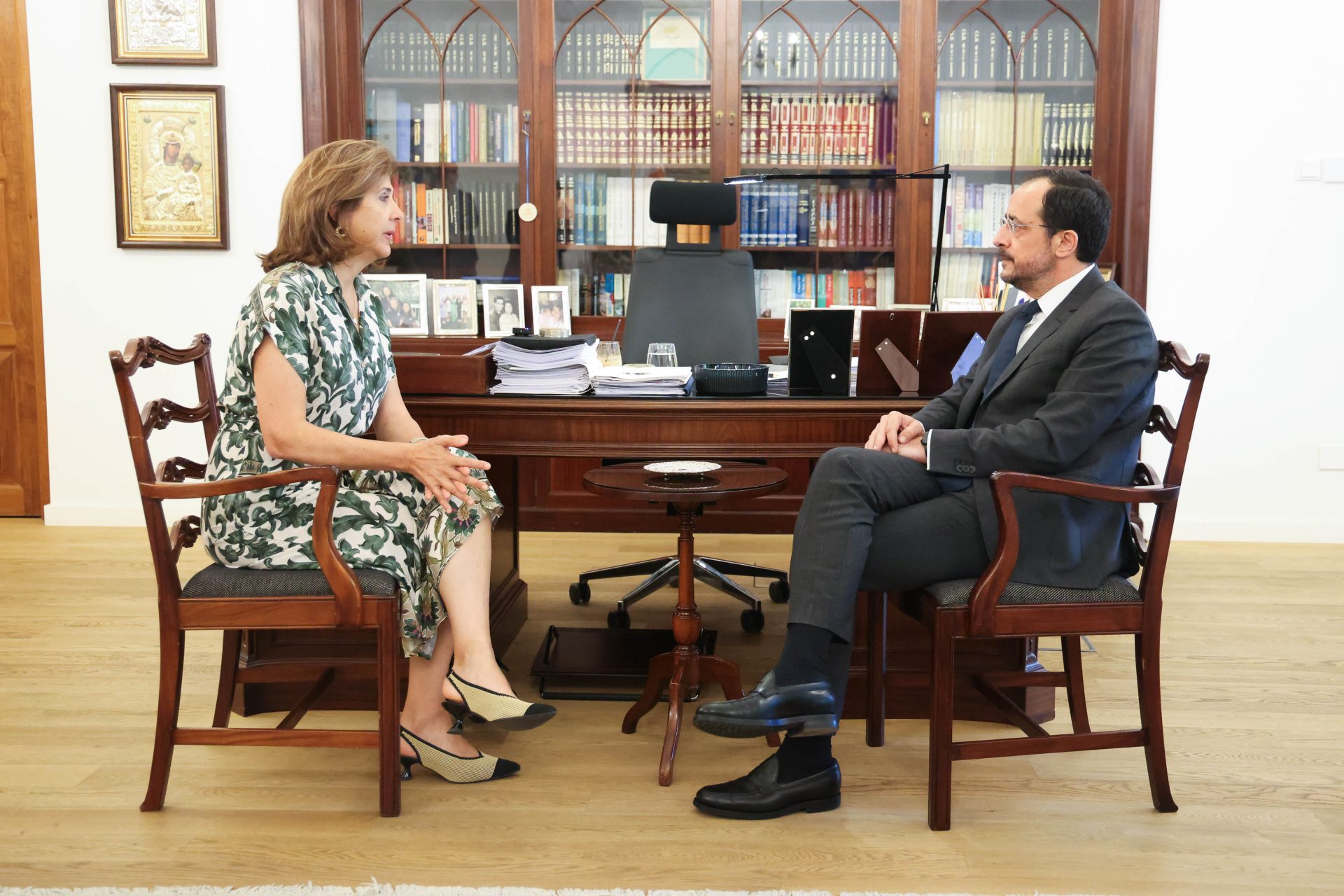
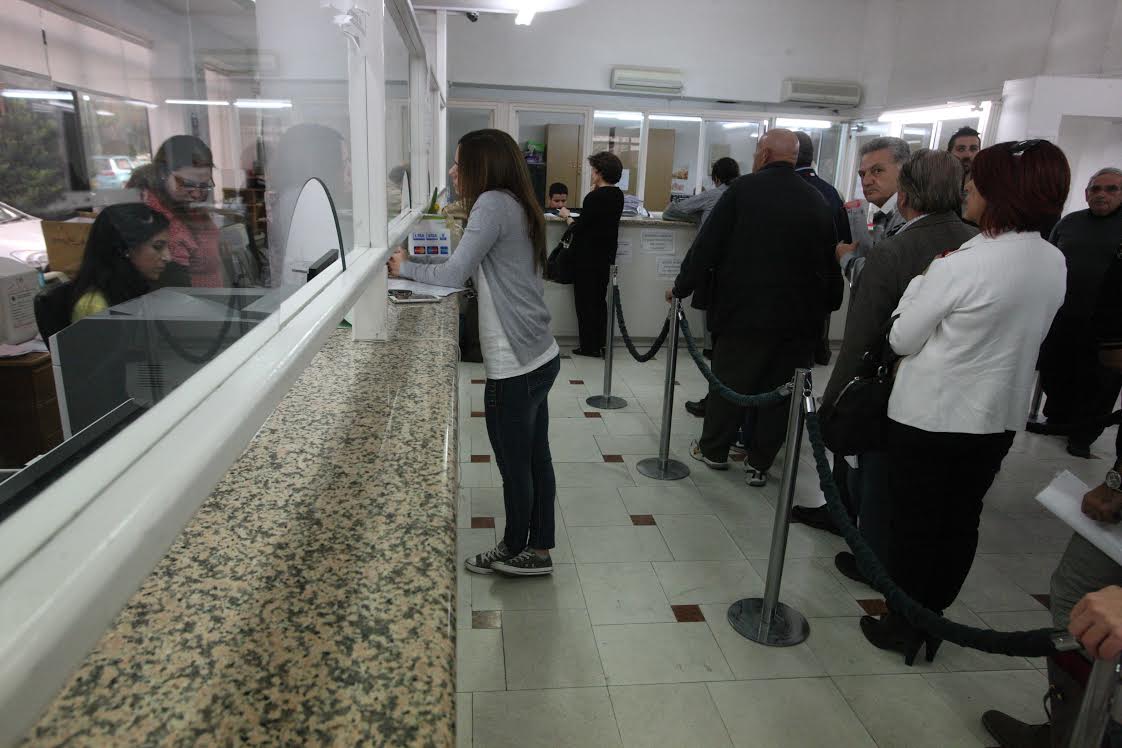
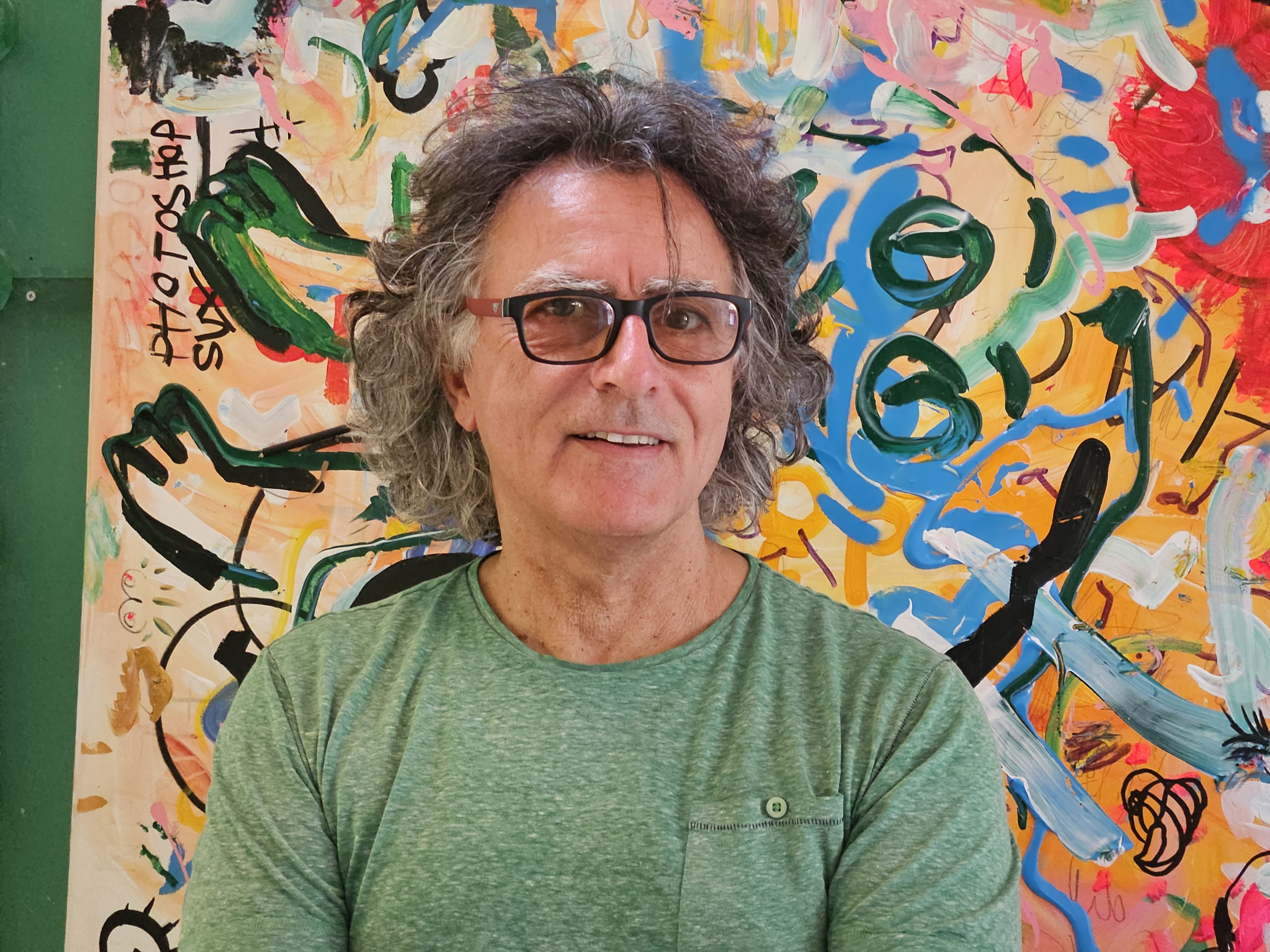
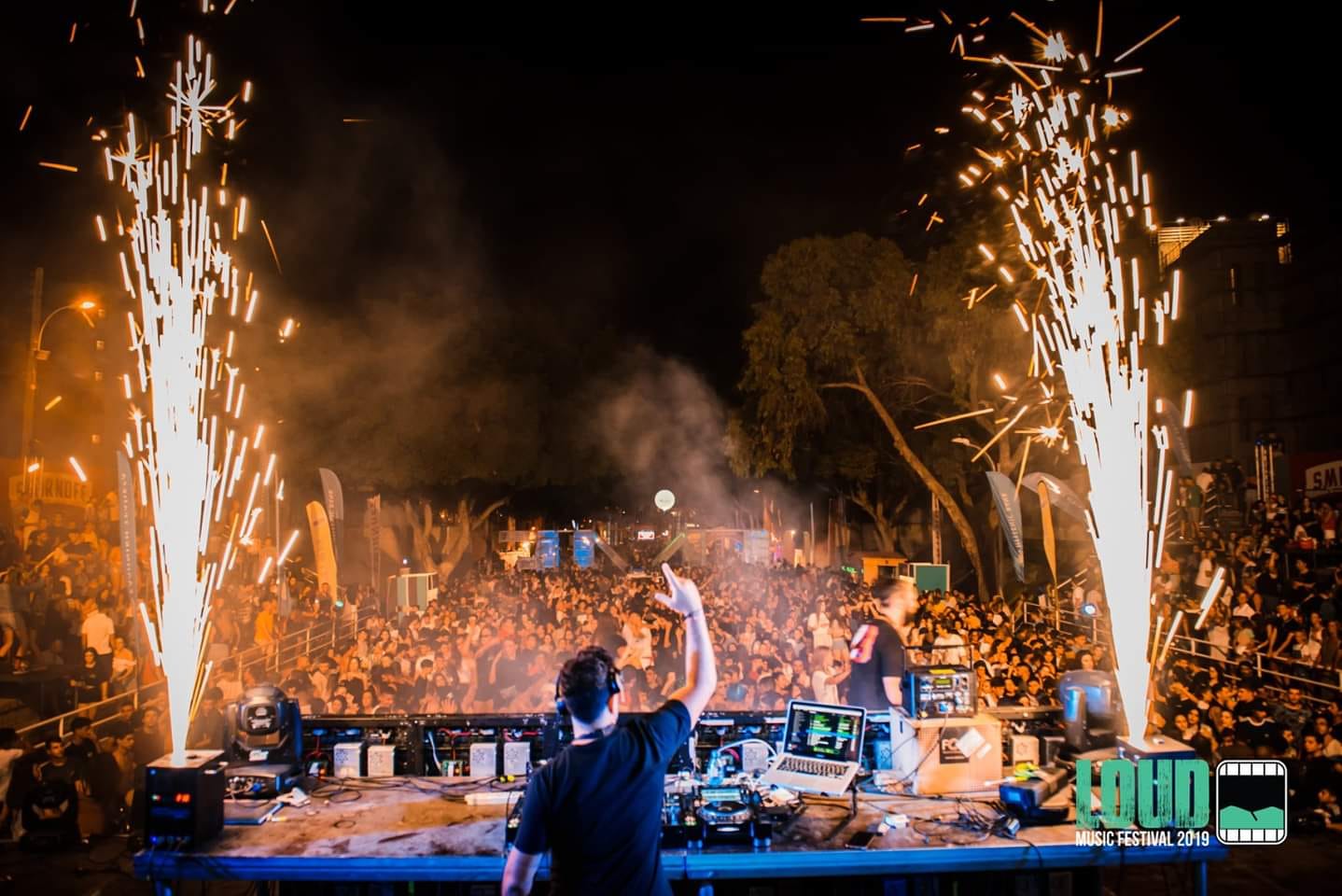
Click here to change your cookie preferences